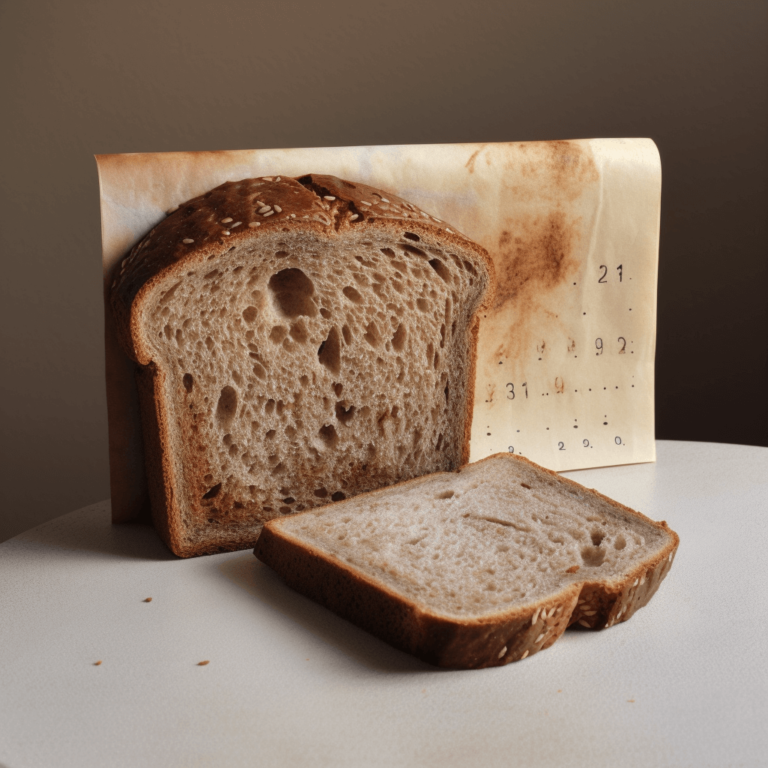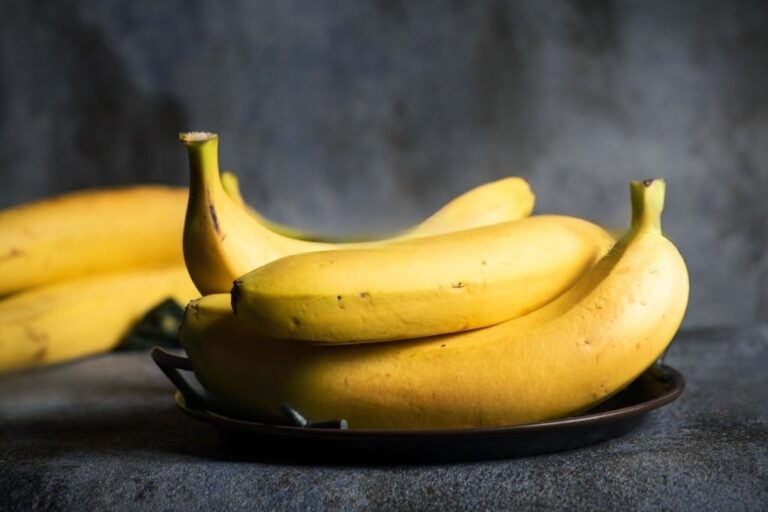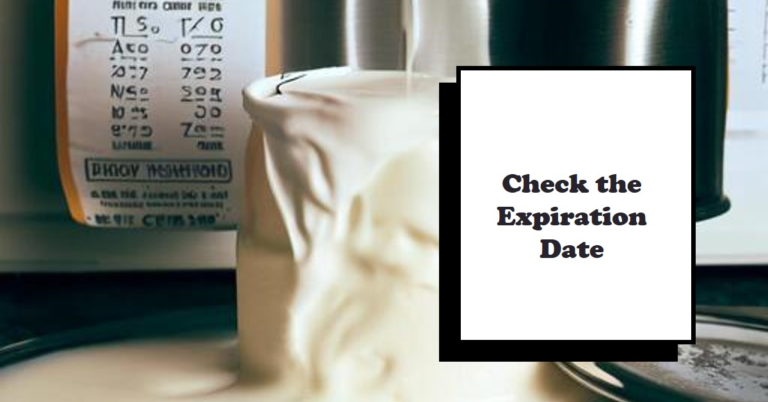A QUICK GLANCE…
Mayonnaise, once opened, generally lasts for about two months in the refrigerator. The “use-by” date on the packaging can be a good guide, but the longevity of mayo can also depend on how it’s stored and handled. It should always be kept refrigerated and not left out at room temperature for extended periods, which can hasten spoilage. Homemade mayo tends not to last as long, typically around one week, because it lacks the preservatives found in store-bought versions. Signs of spoilage include changes in color, texture, or smell.

As someone who loves to cook and experiment in the kitchen, I always make sure to have a jar of mayonnaise in my fridge. Whether I’m making a classic potato salad or using it as a base for a flavorful dipping sauce, mayo is a versatile ingredient that can elevate any dish.
However, like with any perishable food item, it’s important to know how long it can last before going bad. When it comes to mayo, the shelf life can vary depending on a few factors.
In this article, we’ll discuss the different types of mayonnaise, the factors that can affect its shelf life, proper storage techniques, and the signs of spoilage to help you determine how long your mayo can last in the fridge.
So let’s dive in and learn more about the lifespan of this beloved condiment.
Types of Mayonnaise
Hey, want to know about different types of mayo? Let’s dive in and explore the world of this creamy condiment!
Mayo is a popular condiment around the world, and it comes in different types. The most common types are regular mayo, light mayo, and vegan mayo. Regular mayo has a creamy texture, and it’s made with egg yolks, oil, vinegar, and spices.
Light mayo has fewer calories and fat, and it’s made with the same ingredients as regular mayo but with less oil. Vegan mayo, on the other hand, is made without eggs and is suitable for people who follow a vegan diet.
Mayo also has flavor variations, and some popular brands offer different types of mayo flavors. Some companies offer garlic mayo, chipotle mayo, lemon mayo, or honey mustard mayo. These flavors add a unique taste to sandwiches, salads, and dips. Some people even use mayo as a base for salad dressings or as a marinade for grilled meats.
In conclusion, different types of mayo offer various benefits depending on your preferences and dietary restrictions. Regular mayo is a classic choice for many, while light mayo is a great option for those who want to reduce their calorie intake. Vegan mayo is a perfect choice for people who want to avoid animal products. Additionally, flavored mayo is a great way to add a unique taste to your meals.
So, next time you go to the grocery store, don’t be afraid to try a new type of mayo!
Factors Affecting Shelf Life
Discover what factors impact how fresh your favorite condiment stays with some helpful tips on extending its shelf life. Mayo, like any other food product, has a limited shelf life. Most store-bought mayonnaise has a shelf life of 2-3 months when stored properly.
The shelf life can be extended by understanding what factors affect the mayonnaise’s freshness. One of the main factors that affect the shelf life of mayonnaise is storage temperature. Mayo should be stored in a cool, dry place with a consistent temperature. If mayo is exposed to high temperatures, it can spoil quickly. The best temperature for storing mayo is between 35°F and 40°F. At this temperature, the mayonnaise will last its full shelf life.
Another factor that affects the shelf life of mayonnaise is the preservatives used. Most store-bought mayonnaise contains preservatives that help to extend its shelf life. Mayo that is made with natural ingredients and no preservatives will have a shorter shelf life. It is important to check the expiration date of your mayonnaise and look for preservatives like calcium disodium EDTA, potassium sorbate, or sodium benzoate. These preservatives help to keep mayonnaise fresh for longer periods.
By understanding the factors that affect the shelf life of mayonnaise, you can enjoy your favorite condiment for longer periods. Storing it at the right temperature and checking for preservatives will help you extend the life of your mayo.
So, next time you buy mayo, be sure to check the expiration date and follow the storage instructions to ensure that it stays fresh for as long as possible.
Proper Storage Techniques
To keep your favorite condiment fresh, you’ll want to know the proper storage techniques, so you can enjoy it for as many meals as possible.
Mayo is a perishable item, and its shelf life is influenced by several factors, such as the ingredients used, storage, and whether the container is opened or unopened. The expiration date mentioned on the container is a good starting point, but it’s not the only indicator of freshness.
Once you have opened the container, it’s crucial to store it in the fridge. Mayo should be kept at a temperature between 35 and 40 degrees Fahrenheit. It’s also recommended to keep the container tightly closed to avoid air and moisture from entering. Exposure to air and moisture can cause the mayo to spoil.
If you have decanted the mayo into a different container, make sure it’s airtight and clean before transferring the mayo.
It’s also essential to follow the ‘first-in, first-out’ rule when using mayo. This means that you should always use the oldest container of mayo first, and not mix it with a newer one. By following this rule, you can ensure that the mayo you’re using is fresh and hasn’t exceeded its shelf life.
With these proper storage techniques, you can enjoy your mayo for as long as possible.
Signs of Spoilage
Wondering if your favorite condiment is still good to use? Learn how to spot the signs of spoilage to ensure you’re enjoying a fresh and safe meal.
When it comes to mayonnaise, it’s important to keep in mind that the expiration dates printed on the container are not set in stone. These dates are simply a guideline for safe consumption, and it’s possible for mayo to go bad before or after the indicated date.
One of the first signs of spoilage is a change in color. If your mayo has turned yellow or brown, it’s likely not safe to eat. Additionally, if you notice any mold growth on the surface of the mayo, it’s time to discard it.
Another indicator of spoilage is a sour or off smell. If your mayo smells funky or rancid, it’s best to err on the side of caution and toss it out.
Finally, it’s important to pay attention to the texture of your mayo. If the mayo has become watery or separated, it’s likely gone bad. On the other hand, if the mayo has become too thick or clumpy, it may have been contaminated with bacteria.
By keeping an eye out for these signs of spoilage, you can ensure that you’re consuming only fresh and safe food.
How Long Can Mayonnaise Last?
You may be surprised to learn that your favorite condiment has a shorter shelf life than you think, so it’s important to know how to properly store and handle it to avoid potential health risks. Mayonnaise has limited shelf stability due to its ingredients, which include eggs, oil, and vinegar. The oil in mayonnaise can go rancid over time, making it unsafe to eat. Therefore, knowing how long can mayonnaise last is crucial for maintaining food safety.
Here are some key points to keep in mind regarding the shelf life of mayonnaise:
- Unopened mayonnaise can last up to three months past its expiration date if stored properly in the refrigerator.
- Once opened, mayonnaise should be consumed within two months, and it should always be refrigerated.
- If the mayonnaise has a strange odor or taste, or if you notice any mold, it should be discarded immediately.
- Mayonnaise should not be left out at room temperature for more than two hours, as bacteria can grow rapidly in warm environments.
In addition to knowing the shelf life of mayonnaise, it’s important to handle it properly to avoid any potential health risks. Always use clean utensils when scooping mayonnaise from the jar, and never place it back in the jar after it has been used.
By following these simple guidelines, you can safely enjoy your favorite condiment without worrying about foodborne illness.
Conclusion
Overall, it’s important to remember that mayo can go bad if not stored properly or if it’s been sitting in your fridge for too long. It’s always better to be safe than sorry and check for any signs of spoilage before consuming it.
By following proper storage techniques and paying attention to the expiration date, you can ensure that your mayo lasts as long as possible.
In conclusion, the shelf life of mayo can vary depending on the type of mayo, storage techniques, and expiration date. However, with the right precautions, you can extend the life of your mayo and avoid any unpleasant surprises.
So next time you’re making a sandwich or salad, make sure to check the expiration date and give your mayo a sniff test to make sure it’s still good to use.





